Fraser Institute
Emperors of woke have no clothes and conservatives should say so

From the Frontier Centre for Public Policy
The major finding is that in Great Britain, Canada and the United States roughly one third of the population accept “woke” (progressive) views, while roughly two thirds reject those views.
However — and this is alarming — in all three countries that woke one-third controls all of the major institutions. The mainstream media, universities and civil service, for instance, are firmly controlled by the one-third woke.
Why do Conservatives go along with woke ideas, woke norms and above all woke people?
One of these days we’re going to be really sorry we didn’t stand up to this nonsense, when the proverbial little boy calls out that the emperor has no clothes. Men can be women? C’mon! You didn’t call that out at the time? Why not?
This is the question posed by Professor Eric Kaufman of England’s University of Buckingham. Kaufman, also an associate at the Ottawa-based Macdonald Laurier Institute, is a Canadian who has been living and teaching in England for the past 25 years. He has recently completed a survey on “wokeness.” (As reported here.) He was also interviewed by National Post’s rising star, Jamie Sarkonak.
Kaufman’s survey has important findings, particularly for Canada. The major finding is that in Great Britain, Canada and the United States roughly one third of the population accept “woke” (progressive) views, while roughly two thirds reject those views.
However — and this is alarming — in all three countries that woke one-third controls all of the major institutions. The mainstream media, universities and civil service, for instance, are firmly controlled by the one-third woke.
Rudi Dutschke’s long march through the institutions has arrived.
But even more concerning for Canadians should be Kaufman’s findings that pertain specifically to Canada.
That’s because he finds that while Great Britain’s Conservatives and America’s Republicans are ferociously pushing back against the extreme wokeness that is now so evident in all three countries, that is really not happening in Canada. Instead, Conservatives here have tended to knuckle under to the wokeness the Liberals so aggressively push. Any pushback has been extremely timid.
Why? How can that be? If Kaufman is right that at least two thirds of Canadians reject wokeism why is it that they have no one to represent their views?
- Is this the reason why Canada has now gained an international reputation as one of the most woke nations on earth?
- Where a Chief Justice actually feels comfortable about receiving no pushback when he claims that his Supreme Court is “the most progressive in the world”?
- And our prime minister is universally mocked as the wokest of the woke?
Does the timidity of the Conservatives on woke policies explain why the Canada we knew during the Harper and Chretien years seems to be slipping away from us?
If Kaufman’s findings are accurate, and our Conservatives are indeed submitting to woke policies — instead of representing the two thirds of Canadians who don’t want those policies — we should ask why.
Part of the reason would certainly be that the Liberals and the NDP have at every national election dishonestly attempted to use ‘socially conservative’ issues against all conservative parties — Reform, Alliance or today’s Conservative Party of Canada.
These progressive attacks were entirely spurious: conservatives have consistently stayed away from any discussion of limiting abortion access, or reversing gay marriage rights. Yet, the suggestion of a secret agenda of radical reforms is trotted out at every election, and in some eastern swing ridings appears to have been effective in keeping seats out of conservative hands.
Perhaps not surprisingly then, conservatives have consistently preferred to concentrate on bread and butter issues, and avoid the culture wars now raging.
However, with an increasingly assertive left insistent on imposing a woke agenda — even to the extent of approving a 50-year-old man sharing a locker room with teenage age girls, this preference to stay out of the fray is no longer available to them.
The example of Scott Moe’s introduction of his parents’ rights legislation is a clear sign that provincial conservatives realize that they must enter the fray. So is Alberta Premier Danielle Smith’s statement that in Alberta, sex-change operations on children under 18 years of age will not be allowed. (A decision that surprised many, given the premier’s known libertarian predilections.)
In Ontario, education minister Stephen Lecce said last year that “parents must be fully involved and fully aware of what’s happening in the life of their children.” And let’s not forget that all this started in New Brunswick, when Premier Blaine Higgs made what looks now to be a modest proposal, that children under 16 would need parental permission to change their gender at school by switching names and pronouns.
In other words, provincial politicians get it. (At last.) Federal Conservatives should go do likewise.
So what should they say?
Here are three possible responses to woke policies — on the trans issue, indigenous issues and immigration.
There is no official list of woke beliefs, but probably the most extreme is the trans issue. Woke politicians state as a fact that a man who identifies as a woman is in fact a woman. Although this claim is quite astounding to the non-woke — who know it to be untrue — the woke accept it as gospel. Prime Minister Trudeau himself famously tweeted, “A trans woman is a woman.”
If tweets were just words in the blogosphere this wouldn’t matter. However, when the nation’s leader says the words they have consequences. So, Canada now has men in women’s prisons, men in women’s sports and most alarmingly — children having body parts removed and being administered life-altering drugs — all based on this single nonsensical woke belief that men can become women by saying so.
The Conservatives should directly confront this dangerous nonsense. Obviously, they should craft their message in measured tones. But this can be easily accomplished, when the woke belief they are correcting is so obviously wrong.
Here is an example of a completely factual, scientifically accurate and measured statement that would probably win the approval of — if Kaufman is right — two thirds of Canadians: “A trans woman is not a woman. Conservatives respect trans people and respect their right to live their lives as they choose. However, that does not include their admission into women’s only places, such as crisis centres and jails or entry into women’s sports.”
The indigenous issue is Canada’s version of wokeism’s central belief — namely critical race theory — we see playing out to the south of us.
This is the woke belief that race is all important; that any differences and disparities between races is the result of systemic racism; and that governments must aggressively erase all such differences by the use of affirmative action type policies.
For the one third it has completely displaced the Martin Luther King “content of character” philosophy that has been gospel with the two thirds for more than half a century.
Canada’s woke version regards all indigenous Canadians as being completely different from other Canadians. According to this eugenics-like view anyone born to indigenous parents, or even partly indigenous parents, has some innate ecological awareness and abilities that non-indigenous people lack. They also — uniquely among every other racial or ethnic group on the planet — always tell the truth. Their claims must be taken as the truth.
Professor Hymie Rubenstein coins the term “indigenous exceptionalism” in From Truth Comes Reconciliation to describe this unusual woke belief. The most extreme example of this woke indigenous belief can be seen in the now three-year-old claim that 215 indigenous children were killed under sinister circumstances at the Kamloops Indian Residential School and then secretly buried by the priests and nuns who had supposedly killed them.
To make this claim even more bizarre it was claimed that children “as young as six” were forced to dig the graves.
Apart from a radar report showing soil disturbances that could just as easily be tree roots as graves, this baseless claim was not only taken seriously by our woke government, but actively promoted. Not only did the federal government lower flags for six months, they promised $320 million to any other indigenous communities who wanted to make similar baseless claims. Of course, many quickly did.
These “murder and secret burial” stories followed years of steadily escalating exaggeration of the harm done at residential schools. While there is no doubt that many children had bad experiences at residential schools, there had previously been a recognition that many children had received educations there that would otherwise have been denied to them. However, the stories of horror were ramped up, bit by bit, until many Canadians were ready to accept the preposterous Kamloops claim and the others that followed like clockwork after the Liberals incentivised them with the $320,000,000.
By now, most of the two thirds probably realize that they haven’t been told the truth by the Trudeau government or the mainstream media. The Conservatives need not be so afraid of being called “anti-indigenous” or “anti-reconciliation” when addressing this topic. Conservative opposition leader Pierre Pollievre made a good start when he said, “Canadians deserve to know the truth,“ and stressed the need for historical accuracy.
However, he then went on to pander embarrassingly to the woke view, using their language about the “horror” of residential school. That is not historical accuracy at all.
Here is the kind of thing Conservatives should say about residential schools:
“There is no doubt that many indigenous children were harmed at residential schools. They have been compensated and they deserve every penny of that compensation. There is also no doubt that there were some bad apples who taught and worked at the institutions. However, many indigenous children received educations that would otherwise have been denied to them. And the great majority of the priests, nuns, ministers and employees at the school were decent people who did their jobs honestly and well. That too should be recognized.”
Finally, and probably the most important issue of all — immigration. The woke view, as articulated by the PM in the earliest days of his new administration is that Canada is a post-national nation. No one seemed to understand the implications of what he was saying — possibly including the PM.
But when he tweeted out that Canada was open to anyone who wanted to come the implications started to become clear: a “post national” state doesn’t have borders… Anyone is welcome to simply walk in.
This is a fundamental belief of the woke. It is also an absolutely ruinous idea for any nation that wants to continue functioning. We see today how this woke no-borders idea is playing out in America. Our cold winters save us from the huge influxes seen there, but the millions coming to Canada are making houses unaffordable anyway and putting enormous pressure on services for Canadians and new immigrants alike.
Conservatives should not be afraid to call the woke “no borders, unrestricted immigration policy” crazy, because that is what it is.
Here’s a possible talking point they could use:
“Canada is a nation of immigrants. We have always needed immigrants, and we always will. We welcome new immigrants from all parts of the world. However, in the past few years too many have come too fast. The pressure on housing affordability and services are hurting both resident Canadians and new immigrants alike. For that reason in the first year after we take power there will be a one-year moratorium on new immigration. During that time we will both implement policies to make houses more affordable and determine what immigration numbers should be in the next decade. Canada is not a post-national state with no core identity. It is a nation with a distinct culture, an honourable history and it needs borders and a policy of controlled immigration to preserve that culture and identity.”
I think that the two thirds would welcome such an approach. And vote for it.
We don’t have to live with ignorance enthroned.
Brian Giesbrecht, retired judge, is a senior fellow at the Frontier Centre for Public Policy. First published here.
Business
Economic progress stalling for Canada and other G7 countries
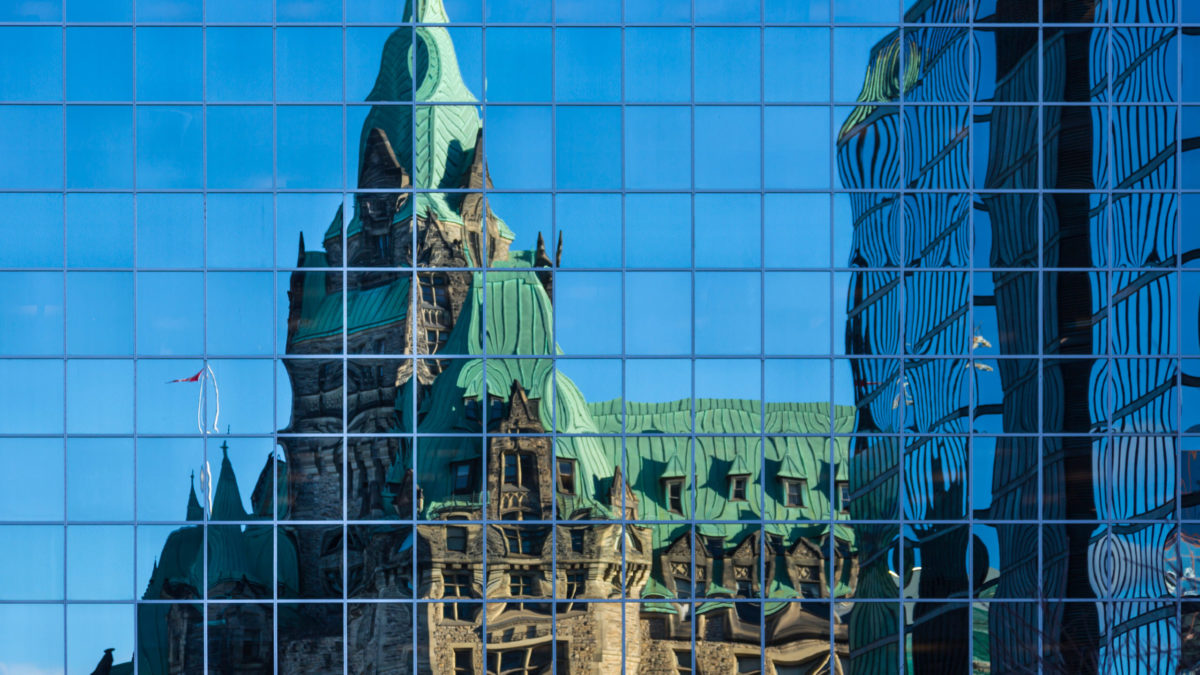
From the Fraser Institute
By Jake Fuss
For decades, Canada and other countries in the G7 have been known as the economic powerhouses of the world. They generally have had the biggest economies and the most prosperous countries. But in recent years, poor government policy across the G7 has contributed to slowing economic growth and near-stagnant living standards.
Simply put, the Group of Seven countries—Canada, France, Germany, Italy, Japan, the United Kingdom and the United States—have become complacent. Rather than build off past economic success by employing small governments that are limited and efficient, these countries have largely pursued policies that increase or maintain high taxes on families and businesses, increase regulation and grow government spending.
Canada is a prime example. As multiple levels of government have turned on the spending taps to expand programs or implement new ones, the size of total government has surged ever higher. Unsurprisingly, Canada’s general government spending as a share of GDP has risen from 39.3 per cent in 2007 to 42.2 per cent in 2022.
At the same time, federal and provincial governments have increased taxes on professionals, businessowners and entrepreneurs to the point where the country’s top combined marginal tax rate is now the fifth-highest among OECD countries. New regulations such as Bill C-69, which instituted a complex and burdensome assessment process for major infrastructure projects and Bill C-48, which prohibits producers from shipping oil or natural gas from British Columbia’s northern coast, have also made it difficult to conduct business.
The results of poor government policy in Canada and other G7 countries have not been pretty.
Productivity, which is typically defined as economic output per hour of work, is a crucial determinant of overall economic growth and living standards in a country. Over the most recent 10-year period of available data (2013 to 2022), productivity growth has been meagre at best. Annual productivity growth equaled 0.9 per cent for the G7 on average over this period, which means the average rate of growth during the two previous decades (1.6 per cent) has essentially been chopped in half. For some countries such as Canada, productivity has grown even slower than the paltry G7 average.
Since productivity has grown at a snail’s pace, citizens are now experiencing stalled improvement in living standards. Gross domestic product (GDP) per person, a common indicator of living standards, grew annually (inflation-adjusted) by an anemic 0.7 per cent in Canada from 2013 to 2022 and only slightly better across the G7 at 1.3 per cent. This should raise alarm bells for policymakers.
A skeptic might suggest this is merely a global phenomenon. But other countries have fared much better. Two European countries, Ireland and Estonia, have seen a far more significant improvement than G7 countries in both productivity and per-person GDP.
From 2013 to 2022, Estonia’s annual productivity has grown more than twice as fast (1.9 per cent) as the G7 countries (0.9 per cent). Productivity in Ireland has grown at a rapid annual pace of 5.9 per cent, more than six times faster than the G7.
A similar story occurs when examining improvements in living standards. Estonians enjoyed average per-person GDP growth of 2.8 per cent from 2013 to 2022—more than double the G7. Meanwhile, Ireland’s per-person GDP has surged by 7.9 per cent annually over the 10-year period. To put this in perspective, living standards for the Irish grew 10 times faster than for Canadians.
But this should come as no surprise. Governments in Ireland and Estonia are smaller than the G7 average and impose lower taxes on individuals and businesses. In 2019, general government spending as a percentage of GDP averaged 44.0 per cent for G7 countries. Spending for governments in both Estonia and Ireland were well below this benchmark.
Moreover, the business tax rate averaged 27.2 per cent for G7 countries in 2023 compared to lower rates in Ireland (12.5 per cent) and Estonia (20.0 per cent). For personal income taxes, Estonia’s top marginal tax rate (20.0 per cent) is significantly below the G7 average of 49.7 per cent. Ireland’s top marginal tax rate is below the G7 average as well.
Economic progress has largely stalled for Canada and other G7 countries. The status quo of government policy is simply untenable.
Author:
Fraser Institute
Policymakers in Ottawa and Edmonton maintain broken health-care system

From the Fraser Institute
What’s preventing these reforms? In a word, Ottawa.
To say Albertans, and indeed all Canadians, are getting poor value for their health-care dollars is a gross understatement. In reality, Canada remains among the highest spenders on health care in the developed world, in exchange for one of the least accessible universal health-care systems. And while Canadians are increasingly open to meaningful reform, policymakers largely cling to their stale approach of more money, platitudes and little actual change.
In 2021 (the latest year of available data), among high-income universal health-care countries, Canada spent the highest share of its economy on health care (after adjusting for age differences between countries). For that world-class level of spending, Canada ranked 28th in the availability of physicians, 23rd in hospital beds, 25th in MRI scanners and 26th in CT scanners. And we ranked dead last on wait times for specialist care and non-emergency surgeries.
This abysmal performance has been consistent since at least the early 2000s with Canada regularly posting top-ranked spending alongside bottom-ranked performance in access to health-care.
On a provincial basis, Albertans are no better off. Alberta’s health-care system ranks as one of the most expensive in Canada on a per-person basis (after adjusting for population age and sex) while wait times in Alberta were 21 per cent longer than the national average in 2023.
And what are governments doing about our failing health-care system? Not much it seems, other than yet another multi-billion-dollar federal spending commitment (from the Trudeau government) and some bureaucratic shuffling (by the Smith government) paired with grandiose statements of how this will finally solve the health-care crisis.
But people aren’t buying it anymore. Canadians increasingly understand that more money for an already expensive and failing system is not the answer, and are increasingly open to reforms based on higher-performing universal health-care countries where the public system relies more on private firms and entrepreneurs to deliver publicly-funded services. Indeed, according to one recent poll, more than six in 10 Canadians agree that Canada should emulate other countries that allow private management of public hospitals, and more than half of those polled would like increased access to care provided by entrepreneurs.
What’s preventing these reforms?
In a word, Ottawa. The large and expanding federal cash transfers so often applauded by premiers actually prevent provinces from innovating and experimenting with more successful health-care policies. Why? Because to receive federal transfers, provinces must abide by the terms and conditions of the Canada Health Act (CHA), which prescribes often vaguely defined federal preferences for health policy and explicitly disallows certain reforms such as cost-sharing (where patients pay fees for some services, with protections for low-income people).
That threat of financial penalty discourages the provinces from following the examples of countries that provide more timely universal access to quality care such as Germany, Switzerland, Australia and the Netherlands. These countries follow the same blueprint, which includes patient cost-sharing for physician and hospital services (again, with protections for vulnerable populations including low-income individuals), private competition in the delivery of universally accessible services with money following patients to hospitals and surgical clinics, and allowing private purchases of care. Yet if Alberta adopted this blueprint, which has served patients in these other countries so well, it would risk losing billions in health-care transfers from Ottawa.
Finally, provinces have seemingly forgot the lesson from Saskatchewan’s surgical initiative, which ran between 2010 and 2014. That initiative, which included contracting out publicly financed surgeries to private clinics, reduced wait lists in Saskatchewan from among the highest in the country to among the shortest. And when the initiative ended, wait times began to grow again.
The simple reality of health care in every province including Alberta is that the government system is failing despite a world-class price tag. The solutions to this problem are known and increasingly desired by Canadians. Ottawa just needs to get out of the way and allow the provinces to genuinely reform the way we finance and deliver universal health care.
Author:
-

 Fraser Institute2 days ago
Fraser Institute2 days agoPolicymakers in Ottawa and Edmonton maintain broken health-care system
-
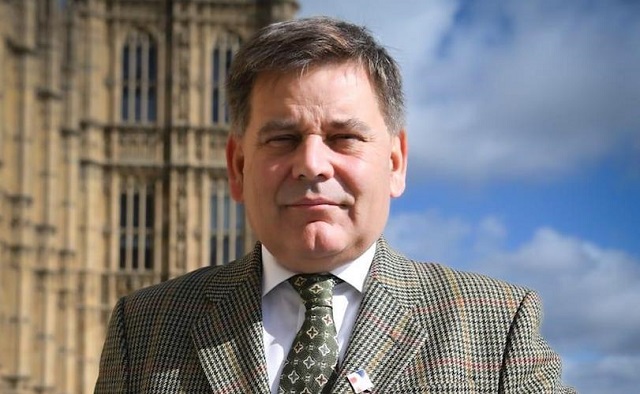
 COVID-192 days ago
COVID-192 days agoBritish MP Andrew Bridgen gives powerful speech on ‘scandal’ of excess deaths after COVID jab rollout
-
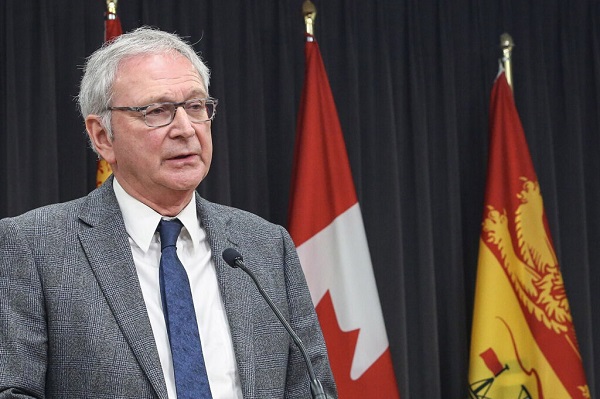
 Alberta1 day ago
Alberta1 day agoParent and gender dysphoria groups granted intervenor status in New Brunswick school policy case
-
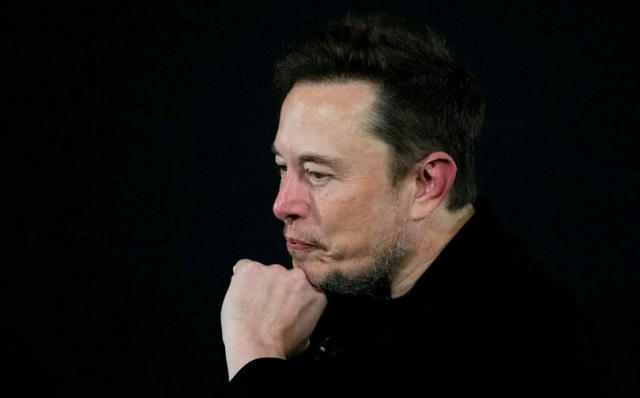
 Censorship Industrial Complex1 day ago
Censorship Industrial Complex1 day agoElon Musk skewers Trudeau gov’t Online Harms bill as ‘insane’ for targeting speech retroactively
-
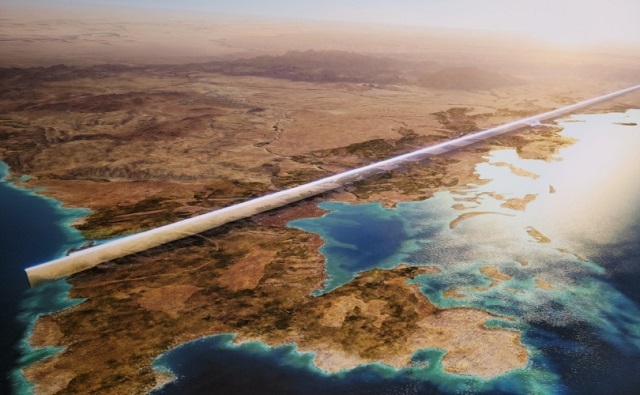
 Business1 day ago
Business1 day agoSaudis evict locals with lethal force to build ‘green’ city in line with globalist goals: report
-

 MAiD1 day ago
MAiD1 day agoEven Canadian leftists are starting to recognize the ‘dystopian’ nature of MAiD
-

 Also Interesting2 days ago
Also Interesting2 days agoThe Future of Fault Detection: AI and IoT Innovations in Garage Door Repair
-
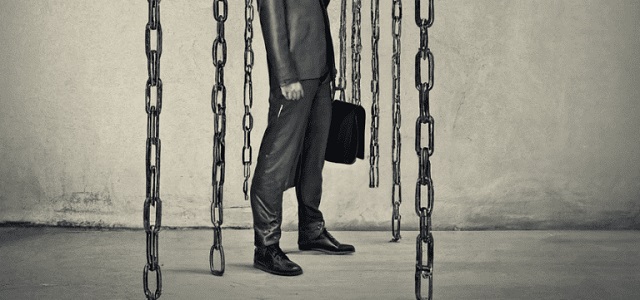
 Business18 hours ago
Business18 hours agoProposed changes to Canada’s Competition Act could kneecap our already faltering economy







